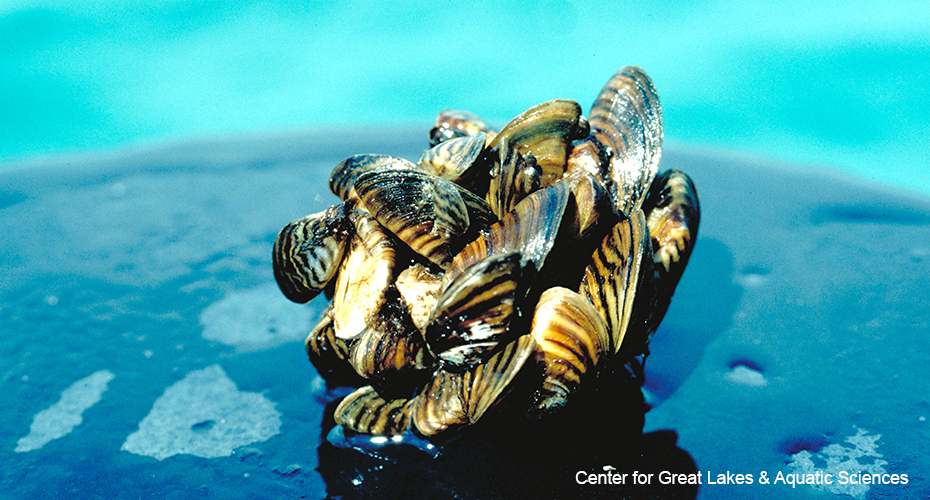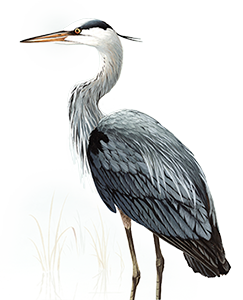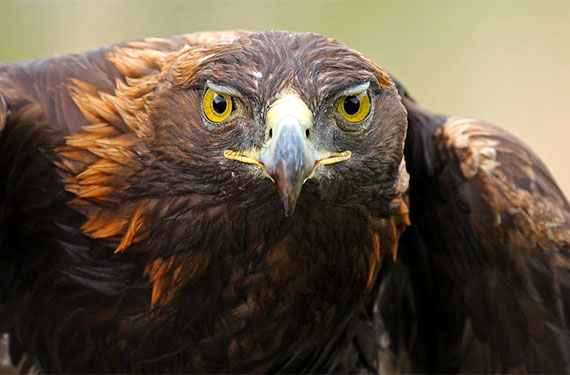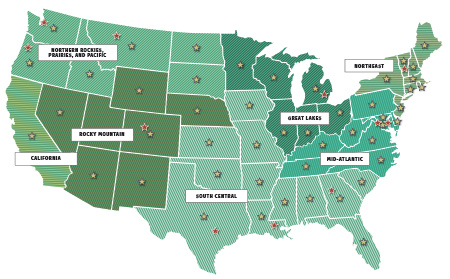Learn More About Invasive Carp
On Thursday, September 8, 2022 our latest film project: Against the Current 2: Progress Towards Protecting the Great Lakes From Invasive Carp aired. Thanks to the generous support of the Great Lakes Fishery Trust, this is the second film that explores the ways Invasive Carp threaten Michigan waters. From business to recreation, Tribal traditions to tourism, the rush to save the Great Lakes from Invasive Carp is on.

Read more about our work to protect the Great Lakes from invasive carp!










